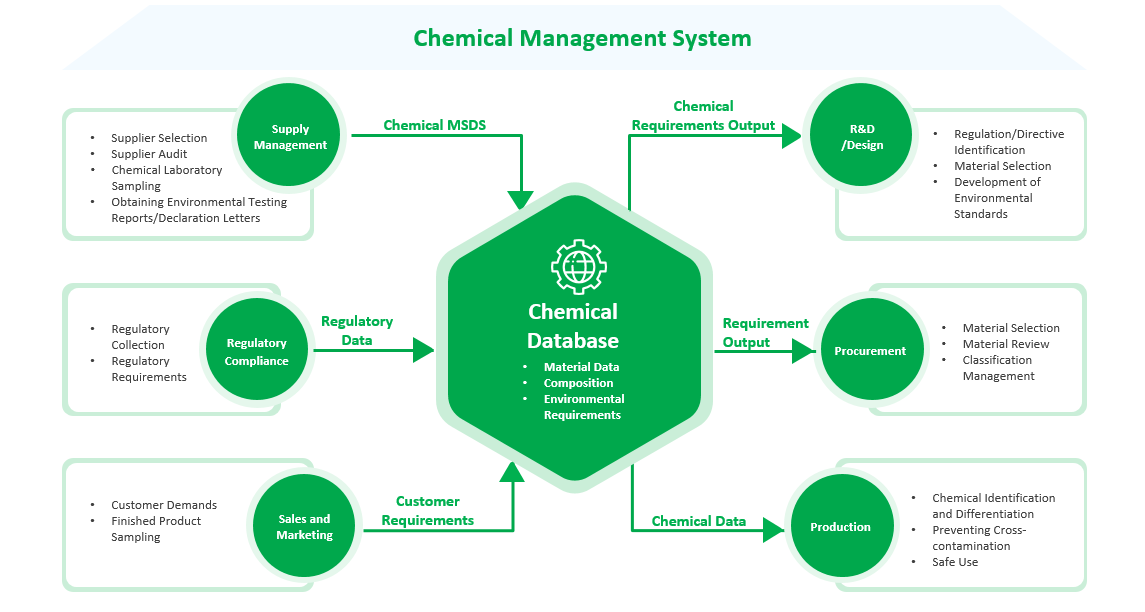◇ Embrace manufacturing practices that emphasize low consumption, low emissions, high efficiency, and high profitability.
◇ Utilize energy-efficient equipment and implement clean production technologies to minimize environmental impact.
◇ Continuously optimize resource utilization and proactively incorporate eco-friendly materials in design to reduce waste and emissions.
◇ Strive to build a green supply chain and achieve low-carbon development of the value chain.
| Energy intensity | Decrease by 9.83% |
| Water consumption intensity | Decrease by 8.29% |
| Energy-saving projects | 94 projects |
| Carbon emissions coverage for Scopes 1, 2 and 3 across the entire Kaifa group | 100% |
| Kaifa Dongguan obtain national green factory certification, Kaifa Chengdu obtain provincial green gactory certification | 100% |
| Percentage of using renewable energy in major factories | 10.16% |
| Renewable Energy Usage | 30.86million kilowatt-hours |
| Environmental Investment | 21.78million yuan |
| Energy intensity | Decrease by 3.15% |
| Water consumption intensity | Decrease by 20.27% |
| General waste emission intensity | Decrease by 9.91% |
| Hazardous waste emission intensity | Decrease by 9.47% |
| Energy-saving projects | 94 projects |
| Adoption of clean energy and increased photovoltaic power generation in major factories | 4.92 million kilowatt-hours. |
| Carbon emissions coverage for Scopes 1 and 2 across the entire Kaifa group | 100% |
Kaifa refers to the TCFD framework to disclose climate-related information and to identify opportunities and multiple potential risks related to climate change. The Strategy and Sustainable Development Committee closely monitors these potential risks to ensure appropriate monitoring and measurement are conducted and takes appropriate actions to mitigate climate change. Referred to the Science Based Carbon Targets Initiative (SBTi), Kaifa selected and compared the International Energy Agency's Sustainable Development Scenarios (SDS) of Paris-aligned Scenario and Business-as-usual Scenario, as well as the IPCC's RCP 8.5 and RCP 1.9 scenarios, to identify the physical and transition risks and opportunities and develop climate strategies and actions. Kaifa promises to achieve net zero emissions by 2060, in line with the Paris Agreement's commitment to limit the global average temperature rise to well below 2°C, and to aim for 1.5°C.
Meanwhile, transparent information is provided to investors and stakeholders for long-term success and positive contributions to global climate issues.
Kaifa has listed greenhouse gas management as one of the company's sustainability goals and included it in the company's performance evaluation indicators. In order to achieve the goal of net zero emissions, Kaifa strongly supports energy-saving and emission reduction projects, uses renewable energy, installs photovoltaics, and plans to reduce carbon emissions in Scope 1, Scope 2, and Scope 3 of the production, operation, and value chain through carbon offsetting, and purchasing carbon credits. In 2024, Kaifa achieved the greenhouse gas goals of increasing renewable energy usage by 2% annually, reducing greenhouse gas emissions intensity by 2% annually, and promoting 50 emission reduction projects annually.

The gases included in the GHG emission data include carbon dioxide (CO2), methane (CH4), nitrous oxide (N2O) and hydrofluorocarbons (HFCs), perfluorocarbons (PFCs), sulfur hexafluoride (SF6) and nitrogen trifluoride (NF3).
In 2024, Kaifa calculated the greenhouse gas emissions of the entire company according to the ISO14064-1 standard, and have obtained third-party certification for ISO14064-1:2018.
To enhance fairness and accuracy, the carbon emissions data of Kaifa and its subsidiaries are certified by third-party organization.View Certification.
A total of 5 photovoltaic power station factories are constructed, with a total installed capacity of 7.7257MWp.

Kaifa integrates environmental protection and safety-related specifications for chemicals into every stage of the product life cycle, including research and development, procurement, production, and shipment, in accordance with regulatory requirements and customer standards. This ensures the compliance of chemicals used throughout the product supply chain. To minimize environmental pollution and prioritize the health and safety of personnel, Kaifa strictly controls chemicals according to the regulations, directives, and requirements of China, the European Union, and other relevant jurisdictions. We have implemented the General Chemical Management Process Instruction and the Chemical Safety Operating Instruction to regulate the handling of chemicals. Regular sampling inspections are conducted to ensure that all chemicals meet legal requirements. Additionally, we provide annual training on chemical safety, protection, first aid, and emergency response, focusing on areas such as chemical storage, usage, disposal, and emergency procedures, to enhance employees' awareness of chemical safety. Kaifa has developed a comprehensive and efficient system for chemical management, encompassing product research, design, material supply, procurement, production, and sales. By implementing this process-oriented system, we ensure compliance and prioritize safety in the use of chemicals.

Kaifa's Material Science Laboratory is equipped with advanced analysis capabilities for detecting toxic and hazardous substances in chemicals, including RoHS, HF, BPA, PAHs, and hazardous heavy metals, and is equipped with a complete set of equipment for detecting toxic and harmful substances. We implement differentiated management based on the risk levels of these substances, conducting sampling and testing at high, medium, and low frequencies. Our RoHS 2.0 testing for the ten hazardous substances is accredited by CNAS, and the results are recognized by global accreditation bodies. Through these measures, we ensure that our products comply with environmental regulations and directives, demonstrating our commitment to product safety and environmental responsibility.
